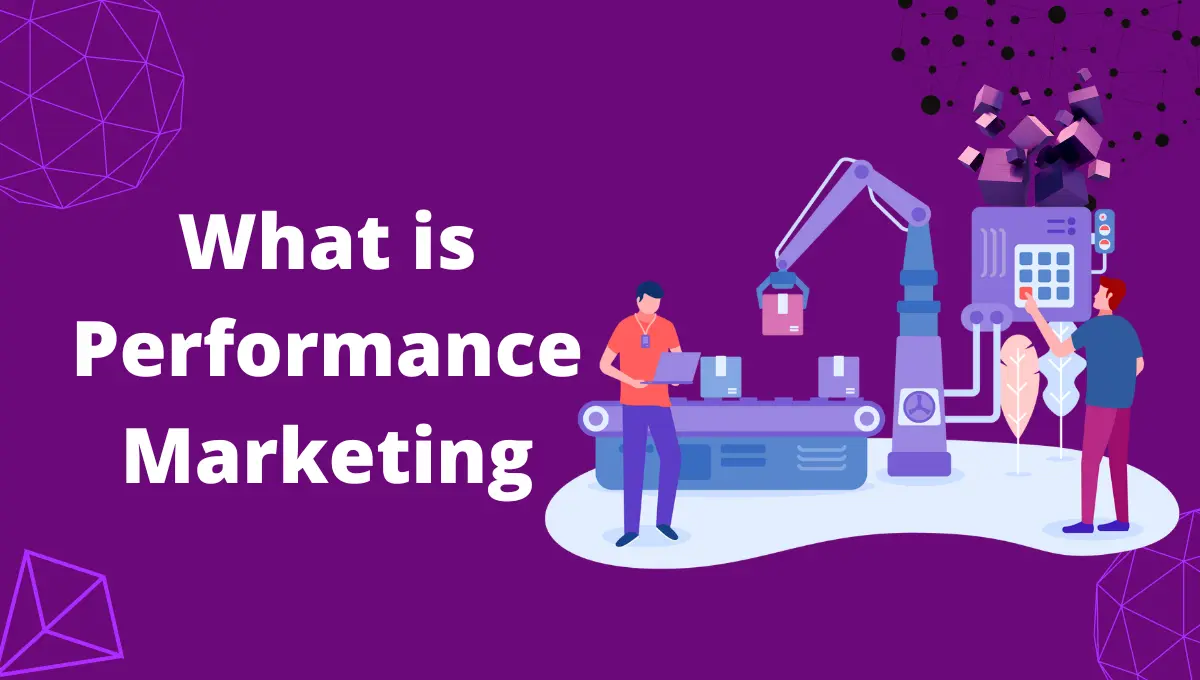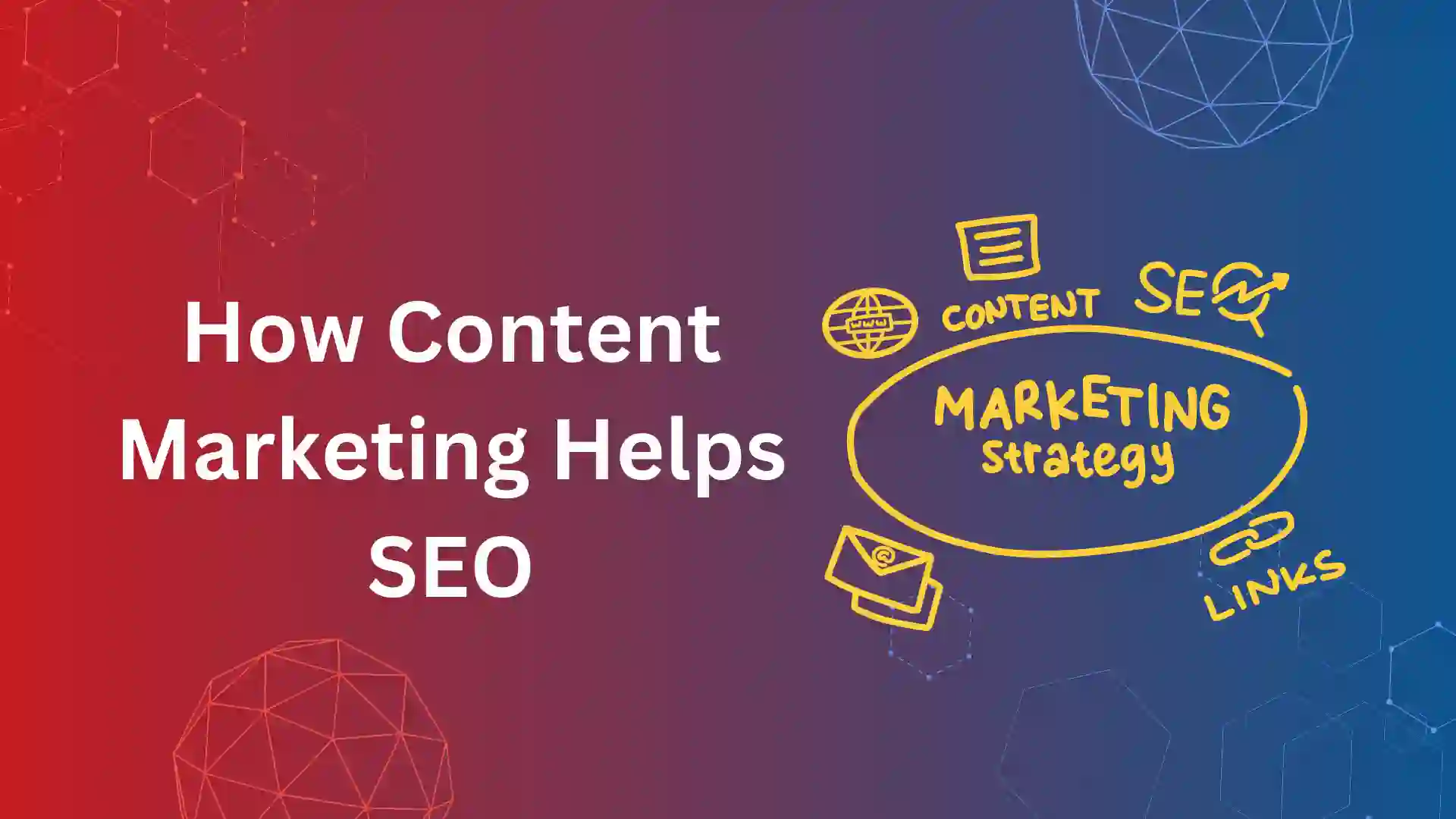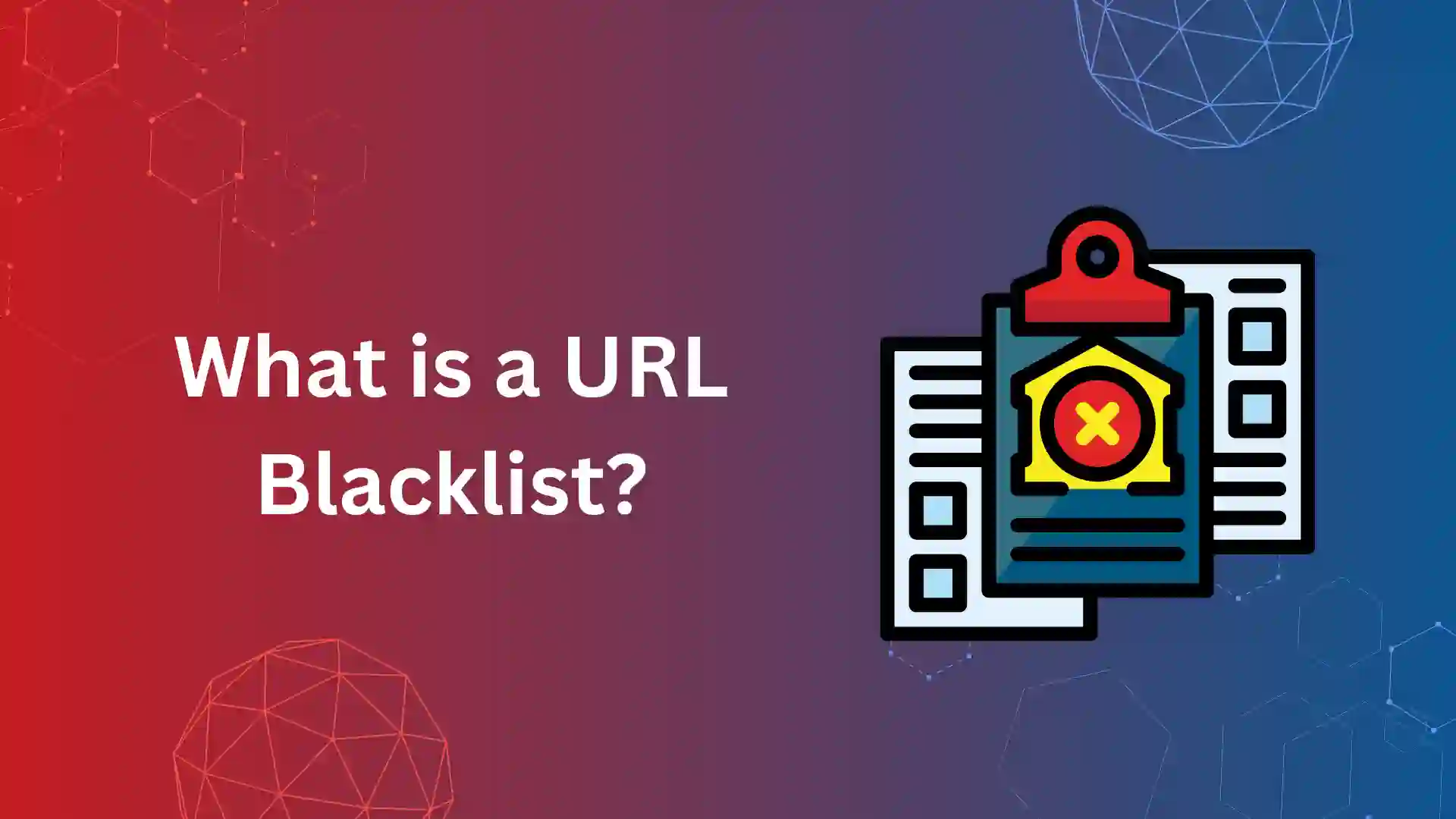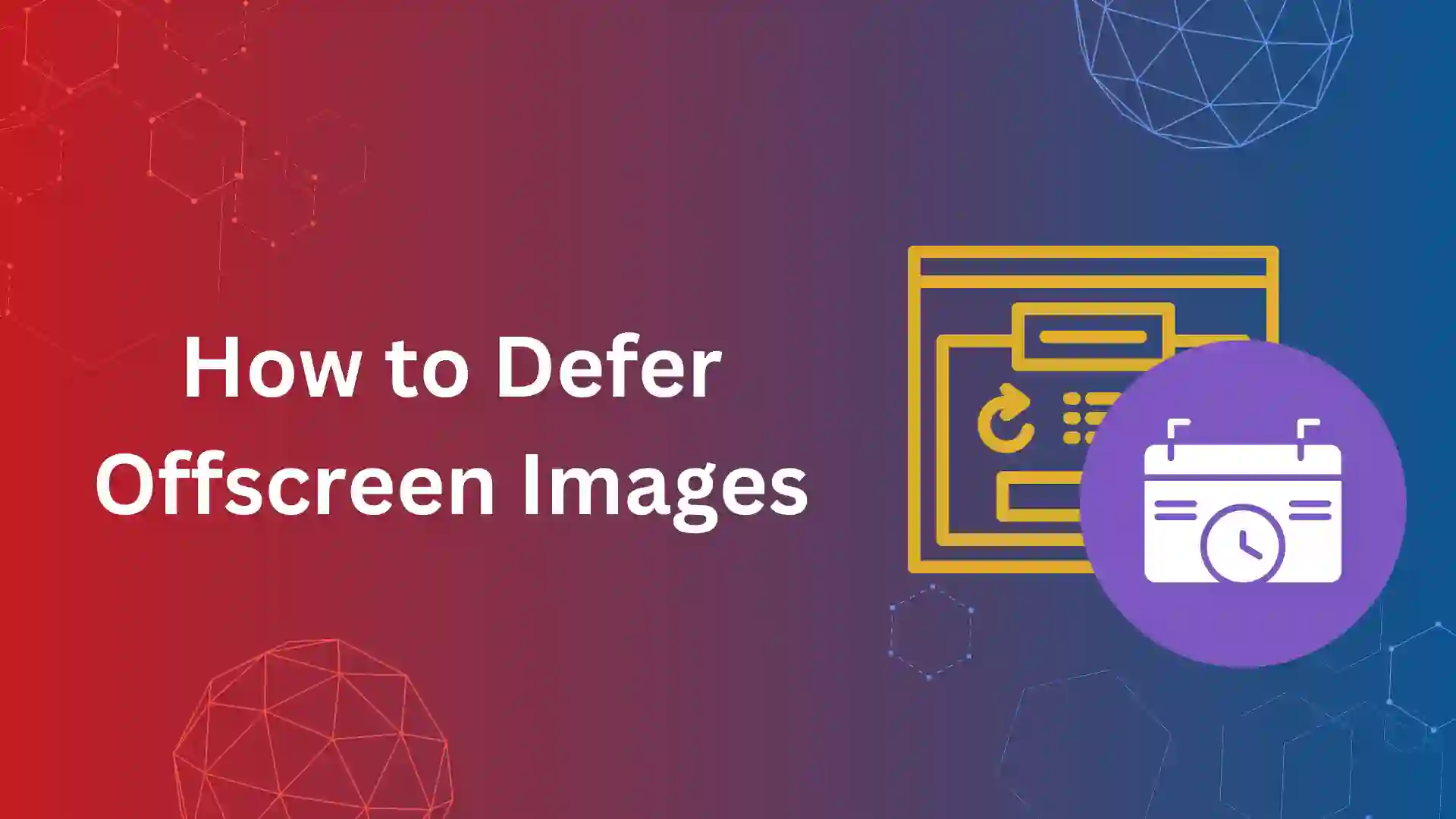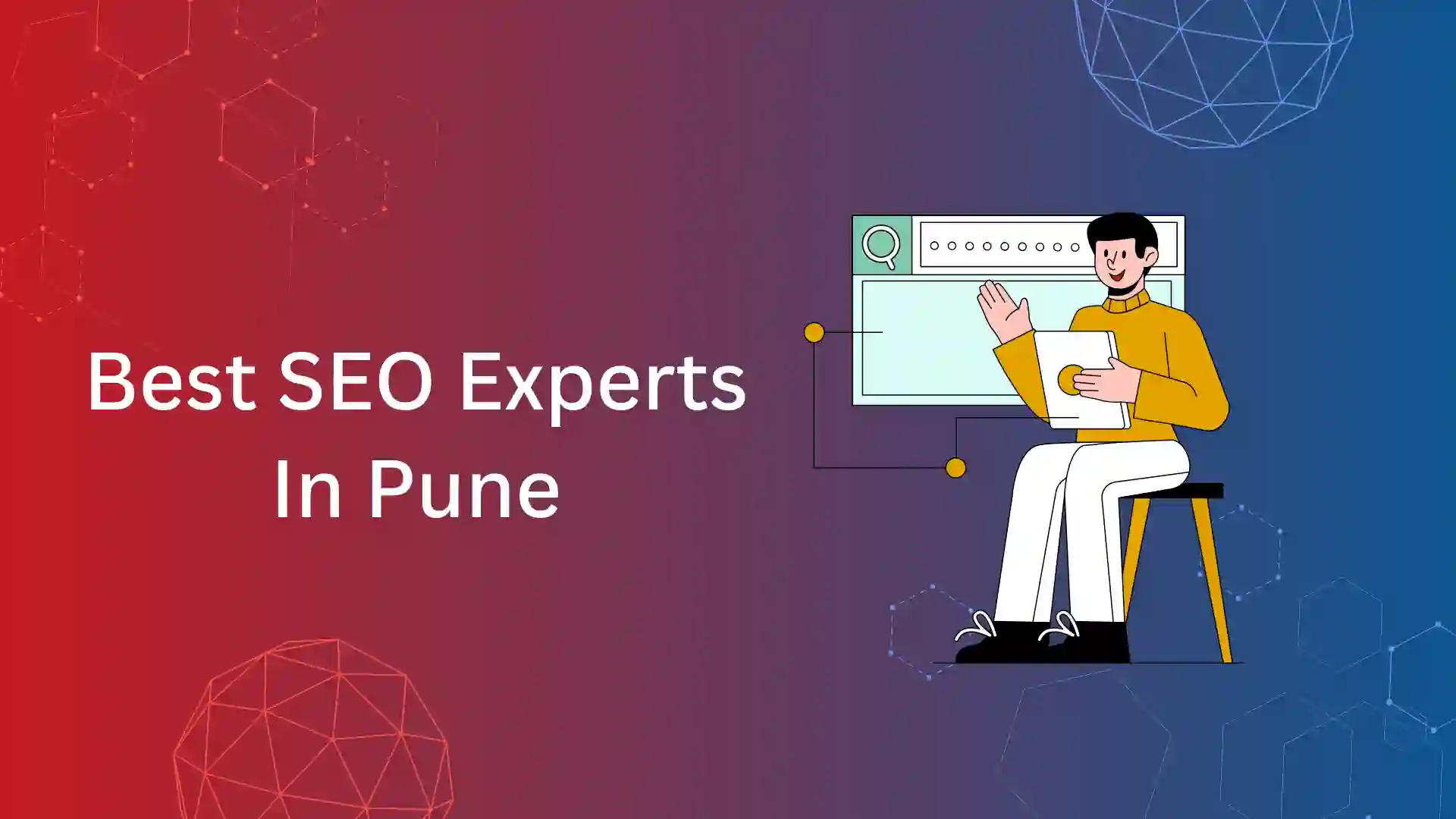The Internet fundamentally transformed the way people search and purchase things. Obviously, it also significantly changed how businesses market and sell.
In the past, advertisers only paid for commercials broadcast on TV or radio or printed in magazines and newspapers. At present, there are abundant choices due to the growth of digital marketing.
Additionally, companies no longer pay for estimates but rather pay only when a desired action or performance occurs, such as a purchase, sign-up, or download. This is called “performance marketing.”
Performance marketing has grown in popularity, especially among digital marketers. It aims to solve conversion issue by focusing on marketing aspects that can be measured.
If you’re interested in learning more about performance marketing, you’ve come to the right place.
What Is Performance Marketing?
Performance marketing refers to Internet campaigns where marketers pay marketing organizations or advertising platforms for results, such as clicks or conversions.
It is essentially “results-based marketing.” It differs from traditional and organic marketing because it drives actions, tracks and measures them, and attributes ROIs to assets, campaigns, and activities.
While large firms can spend millions of dollars on branding, most small businesses must concentrate on the bottom line to remain profitable. Performance marketing provides control to advertisers. Whether it’s a sale, lead, or click, you choose the goal of the campaign
How does performance marketing work?
Let’s take a look at how most platforms work.
Every media channel (often purchased by media buyers) has a specific audience and offers different advertising platforms to reach them:
- Facebook, the most popular social media site, provides several choices for showing your advertisements to people who visit the Facebook or Instagram platforms.
- Google shows your advertisements on search results pages (and across the Google Ads network).
A typical performance marketing campaign has a minimum of two and a maximum of four participants. These participants in performance marketing are:
The Advertiser or the Brand:
A company’s marketing efforts aimed at generating leads or sales.
The Publisher:
A company or person who manages advertisements on their websites and applications.
The Network:
A third-party platform that links advertisers and publishers and coordinates payments and tracking between them.
Outsourced Program Manager:
A company that handles everything from media planning and purchasing to optimization and analysis on behalf of an advertiser.
Obviously, no channel broadcasts all accessible advertising to everyone all the time. So, how do the different platforms decide what content to show? Various elements, including the following, are considered:
Market Segmentation and the Target Audience:
You can target your audience using audience segments offered by each ad platform.
Bid:
In today’s advertising landscape, programmatic capabilities are crucial, which factor in the amount you’ve agreed to pay to show your ad at a particular place and time.
Quality and Relevance:
People’s main concern with advertising is a lack of trust. As a result, ad performance is considered. The network will reduce the exposure of your ad if it doesn’t work or has bad ratings.
Conversion:
Consumer action is the foundation of the economics of performance marketing. A network does not receive payment when the necessary action does not occur. When it works, your advertisement is shown more frequently.
For example, Facebook advertising (and its associated fees) is heavily based on advertisers’ bid, the quality and relevance of ads, and the estimated number of clicks. Most platforms operate similarly.
A performance marketer may use the following important metrics to determine success:
- Ad views
- App installs
- Clicks
- Sales
- Sign-ups
Performance marketing primarily includes two parties:
Publisher:
Like influencers and advertising platforms, publishers have an audience.
Advertiser:
Advertisers pay the publishers to reach the audience. Brands, retailers, and merchants are typical examples.
How to Measure Performance Marketing?
Advertisers place their ads on a certain channel and are then paid according to how well the ads perform. There are various ways to pay for performance marketing, including:
Performance Marketing Pricing:
The following are various methods you can pay for using performance marketing partners and platforms.
Cost per Sale (CPS):
Paying per sale encourages marketers to pay their partners only when their efforts result in a sale of the advertised product. This agreement places a greater burden on the publisher than on the advertiser.
Cost per Install (CPI):
Similar to CPS, you only pay when someone downloads and installs your mobile app under CPI. This action is exclusive to mobile downloads.
Cost per Acquisition (CPA)
An advertiser pays a publisher when a specific action is carried out, like downloading an eBook, making a purchase, or signing up for a newsletter. This pricing structure is also known as “cost per action.”
Cost per Lead (CPL):
You only pay when a user engages with your advertisement and turns into a lead by submitting a lead generation form or providing you with their contact information.
Cost per Click (CPC):
You only pay when someone clicks on your advertisements. This is popular across a wide range of media because it requires no customer effort and is one of the first stages in engaging with a brand.
Non-Performance-Driven Pricing:
Here are a few other possibilities you might frequently experience in performance marketing platforms, even if you might not be paying for performance or activity in these models (such as in display or video advertising networks).
Cost per Video/View (CPV) and Cost per Completed Video/View (CPCV):
When an advertiser plays a video ad, you are charged using CPV. You only pay when someone watches the complete video with CPCV.
Cost per Mille or Thousand (CPM):
CPM requires that you pay after 1,000 impressions of your ads. This was one of the previously used performance marketing payment models for digital advertising.
Top Performance Marketing Channels:
You can include the following channels in a performance marketing campaign.
Social Media Marketing:
Social media is a paradise for performance marketers. It allows you to reach people, bring them to your site, and enable users to share your sponsored content organically, extending your reach beyond the original post.
Many brands may locate and reach their customers via social media platforms, including
- YouTube
- Snapchat
Using these platforms for performance marketing campaigns normally involves influencer marketing or paid advertising techniques.
Of course, you should first discover where most of your target audiences are. TikTok often draws younger user groups, whereas Facebook and Instagram have a large and diverse user base. LinkedIn mostly targets professionals; Pinterest serves as a discovery site for buyers with specialized interests.
The most common performance metrics for social media marketing:
- Comments
- Clicks
- Checkouts
- Likes
- Shares
- Sales
If you want to start performance marketing on social media networks, consider the following:
Target Audience:
Ensure the statistics of the social media platforms you choose to match your intended audience. For example, choose Instagram if your target audience is primarily Gen Z and millennials, who comprise about 30% of the user base.
Ad Formats and Features:
Verify that the chosen platform includes features and ad formats suitable for your objectives. For example, TikTok, Facebook, and Instagram have a marketplace and clickable ad posts that can direct users to the store.
Search Engine Marketing (SEM):
As its name suggests, search engine marketing depends on visitors from search engines like Google, Bing, and Yahoo. Advertisers pay search engines to display their landing sites when users enter phrases related to their products; however, they only pay when they click on a web page.
The ad format will be determined by the type of campaigns, such as
Search Ads:
This format enables text advertisements to appear on search engine result pages.
Display Ads:
This format advertises your products or services on relevant websites in JPG, PNG, or GIF format.
Shopping Ads:
Details about specific products are displayed at the top of a search engine result page, including their image, price, and marketplace.
Video Ads:
YouTube is a Google platform; thus, it is feasible to display video advertising using Google Ads.
Email Ads:
Some search engines, including Yahoo and Google, permit companies to place advertisements on their email services. People who use this email marketing strategy are targeted based on various criteria, including demographics and recently searched keywords.
CPC is the main focus of performance marketing, particularly for sponsored advertising. Many performance marketers use SEO-optimized content marketing and landing sites for organic SEM.
Affiliate Marketing:
Affiliate marketing is a type of performance marketing, where third parties promote advertisers’ products to their audience in exchange for a cut of the sale or monetary rewards.
Affiliate networks like ClickBank and ShareASale are used in affiliate marketing to oversee affiliate relationships. Websites and blogs are examples of traditional affiliate marketing channels.
Newsletters and private communities like Facebook groups and Slack channels are examples of emerging channels.
Affiliates offer traffic to advertisers in return for a commission when an action occurs (a sale, in most cases). Affiliate publishers extend your brand by using their website to promote and sell your products and services to customers.
An affiliate might be any website operator. Online businesses can run advertisements. Most often, an advertiser operates an online store or provides a service.
Native Advertising:
Native advertising is effective since it appears as contextually relevant content based on what a user is reading. It uses a website’s organic design to highlight sponsored content.
For example, sponsored videos might appear in the “Watch Next” section of a YouTube page. You may have noticed native advertisements on Facebook Marketplace or other e-commerce websites.
Performance marketers can deliver valuable information to potential customers to spark their attention and push them to take a specific action. Pay per impression or CPC is the most widely used metric for native advertising.
Using native advertising, you can generate click-through opportunities on the websites where your target audience reads the content. Compared to other online advertising formats, native advertising receives 10 times more clicks.
Sponsored Content:
This type of performance marketing channel includes collaborating with
- Influencers
- Prominent figures
- Content curation sites
For a price, they post or write an article specifically intended to promote a company’s name, products, or services. The payment may come in the form of
- free products,
- services or experiences,
- CPC,
- CPM or CPA-based compensation.
Sponsored content, a type of native advertising and content marketing, involves placing a specific article or video on a website that features related material. This way, the sponsored content will blend in with the rest while indicating that it is sponsored.
Tips for Getting Started with Performance Marketing:
Start your performance marketing campaign with these recommendations to make the most of it.
Create a Good Landing Page and Offer:
Landing pages are web pages with one objective or call to action (CTA) designed to help businesses generate more traffic. Users arrive landing page by clicking on an advertisement or a social media post.
To develop high-performing landing pages, first, determine your ultimate conversion goal. It can encourage people to buy your goods, subscribe to your email, or download an application. Then, create a clear value proposition and a CTA.
A/B Test and Optimize:
A/B testing is to compare two or more versions of a web page to see which produces the best outcomes based on actual data. Consequently, it helps increase your conversion rate optimization (CRO).
Testing and measuring are critical to the success of a digital marketing campaign, as many skilled performance marketers are aware.
When it comes to performance marketing, experiment with various methods and approaches to optimize click-through rates, conversion rates, AOVs, and traffic by performing A/B testing to better understand what’s working and what isn’t.
Monitor Data in Multiple Channels:
Analyze the performance of your marketing campaigns regularly or once they’re over to evaluate areas of improvement. Use conversion tracking software or verify the statistics on an analytics tool for each performance marketing channel.
Select Your Traffic Sources Wisely:
In performance marketing, it’s crucial to ensure that your traffic comes from reliable sources. Customers might be hesitant to trust you as a brand and stop revisiting if less-than-reliable sources promote you.
Rather than generating a large volume of low-quality traffic, collaborate with affiliates who will drive relevant traffic to your website.
Benefits of Performance Marketing:
When used to its best ability, performance marketing has tremendous potential to scale your business as the digital marketing sector continues to expand year over year.
The following are some reasons why your company ought to invest in performance marketing:
Brand Awareness:
You can reach new audiences and boost site traffic by working with affiliates and businesses with loyal followers.
Trackable Performance:
Performance marketing is transparent and measurably effective. In fact, businesses can now see the whole click-to-consume journey of each customer, helping them to decide where to invest, which partners/channels to invest in, and what purposes to invest for.
Lower Risk:
ROI is frequently high, and CPA is frequently low because affiliates are paid only when the desired action is taken. This frees up more funding in the budget for the development and testing of further performance marketing initiatives that will help you develop and succeed.
ROI—Focused:
ROI is the driving force behind performance marketing, so performance improvement is always the main objective. This guarantees that performance campaigns always strive for improved outcomes, elevating brands across all metrics and boosting leads and revenue.
Increased Reach:
Performance marketing enables you to reach a sizable but focused audience compared to more traditional advertising methods like newspaper ads and organic channels like SEO.
For example, a marketer placing an ad in a small-town newspaper has a restricted number of spaces and cannot target particular groups. However, by extending that reach through performance marketing platforms like social media, the message may be targeted to attract the most relevant audiences.
Targeting:
You may narrow down targeting with criteria like job titles, interests, and online behavior using performance marketing platforms, like LinkedIn and Facebook, which offer specific targeting options.
Targeting enables you to only draw customers who will find your product relevant while avoiding those audiences that are less likely to be interested because you pay only when the target audience takes action. This reduces unnecessary advertising.
Pay Only for Results:
It is more common for performance marketing companies and marketers to charge you when your desired action or target is achieved rather than charging you a fixed amount up front. The payment is typically made on a cost-per-impression basis so that companies can keep track of their expenses.
This method allows you to pay only when your goals are met, whether you’re trying to increase downloads for your app, grow your mailing list, increase website traffic, or increase sales.
Conclusion:
The future of marketing is performance marketing, which has a huge advantage over digital marketing. Companies use this technique to pay marketing service providers once after reaching their objective. Advertisers may build low-risk ads, save money, and provide performance data.
For more leads, clicks, or sales, brands should consider using performance marketing. Develop a well-designed landing page that survives A/B testing to bring the best results if you want to succeed with performance marketing. After the campaign, analyze the data to develop a better strategy the next time.
In the world of performance marketing, there is always room for improvement and growth, no matter where you and your company currently stand.
Discover your strategies and how to satisfy affiliate partners and brand demands. Once you’ve identified your precise objectives, get going and start creating those connections.

